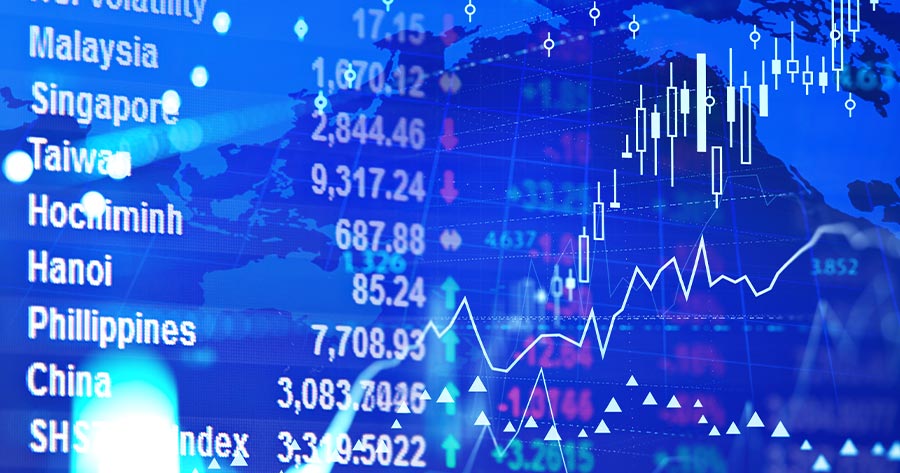On Wednesday morning (6 August, 9:23 AM, GMT+7, Bangkok time), indices in Asia Pacific showed mixed performance following a decline on Wall Street, as market participants digested weaker-than-expected economic indicators and the latest comments on trade policy from U.S. President Donald Trump.
Trump indicated an imminent announcement of new tariffs targeting semiconductors and chips in an effort to bolster domestic manufacturing. He also floated the possibility of pharmaceutical tariffs climbing as high as 250%, marking the steepest rate he has proposed to date.
Additionally, Trump noted he is weighing four options for the next Federal Reserve chair, pointedly excluding Treasury Secretary Scott Bessent from consideration.
Japan’s NIKKEI surged by 0.55% to 40,770.88. Australia’s ASX 200 increased by 0.57% to 8,820.1, while South Korea’s KOSPI slid by 0.03% to 3,196.91.
As for stocks in China, Shanghai’s SSEC dipped by 0.03% to 3,616.37. Hong Kong’s HSI fell by 0.23% to 24,845.63, while Shenzhen’s SZI rose by 0.12% to 11,120.09.
The U.S. stock markets edged down on Tuesday as the Dow Jones Industrial Average (DJIA) shrank by 0.14% to 44,111.74. NASDAQ lost 0.65% to 20,916.55, and S&P 500 decreased by 0.49% to 6,299.19. VIX grew by 1.88% to 17.85.
As for commodities, oil prices settled lower on Tuesday as increased output from OPEC+ and mounting concerns over a slowdown in global demand overshadowed apprehension sparked by U.S. President Donald Trump’s warnings to India regarding the purchases of Russian oil. Brent futures contracted $1.12 or 1.63% to $67.64 a barrel, and the West Texas Intermediate (WTI) declined $1.13 or 1.7% to $65.16 per barrel.
This morning, Brent futures expanded 32 cents or 0.47% to $67.96 a barrel, and the WTI futures escalated 29 cents or 0.45% to $65.45 per barrel.
Meanwhile, gold futures dropped by 0.14% to $3,429.9 per Troy ounce.



